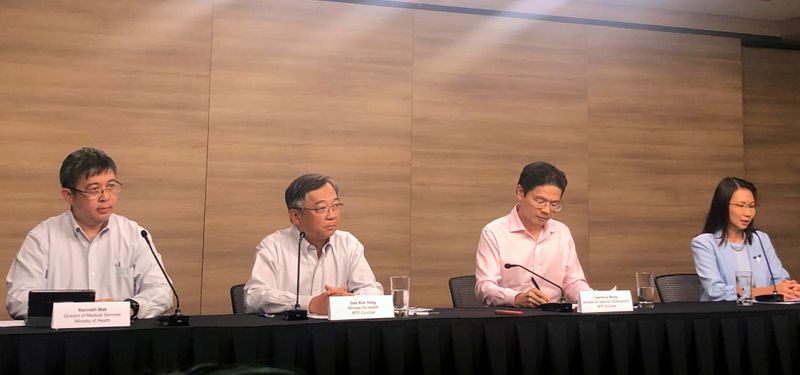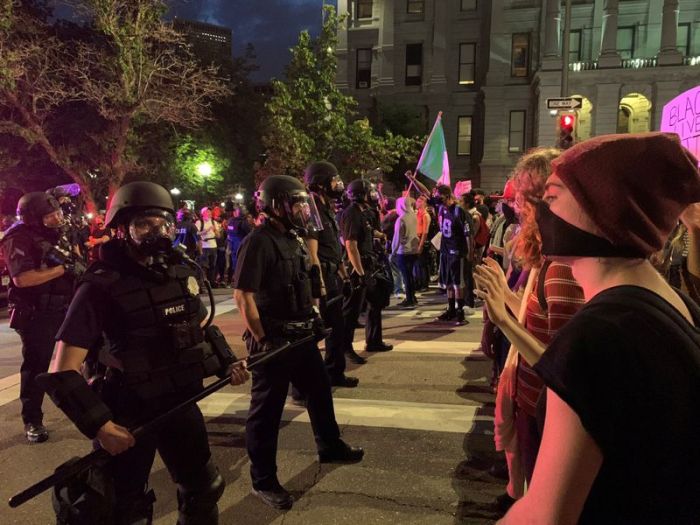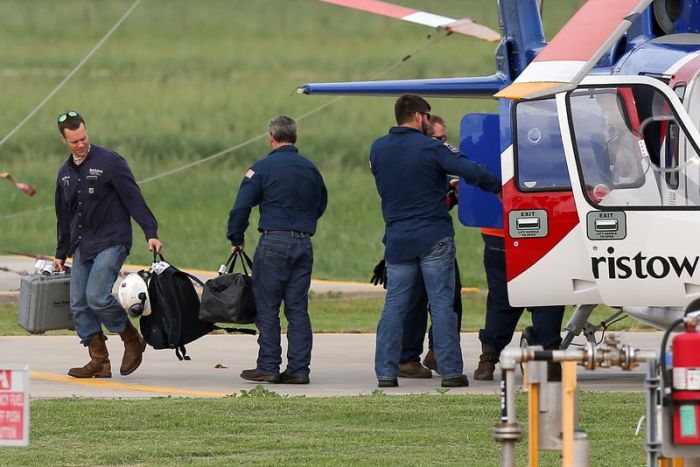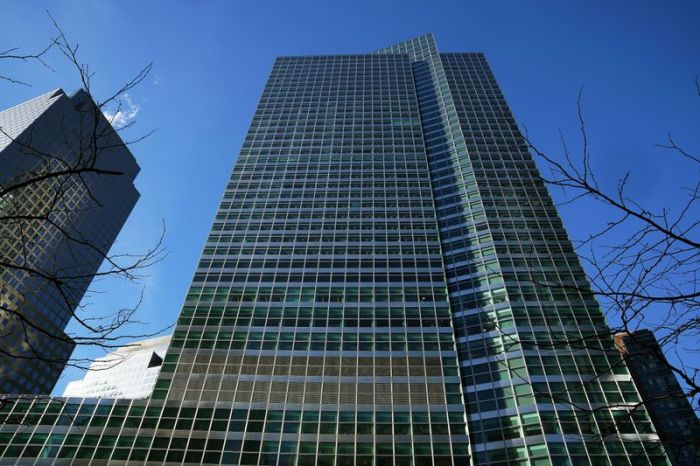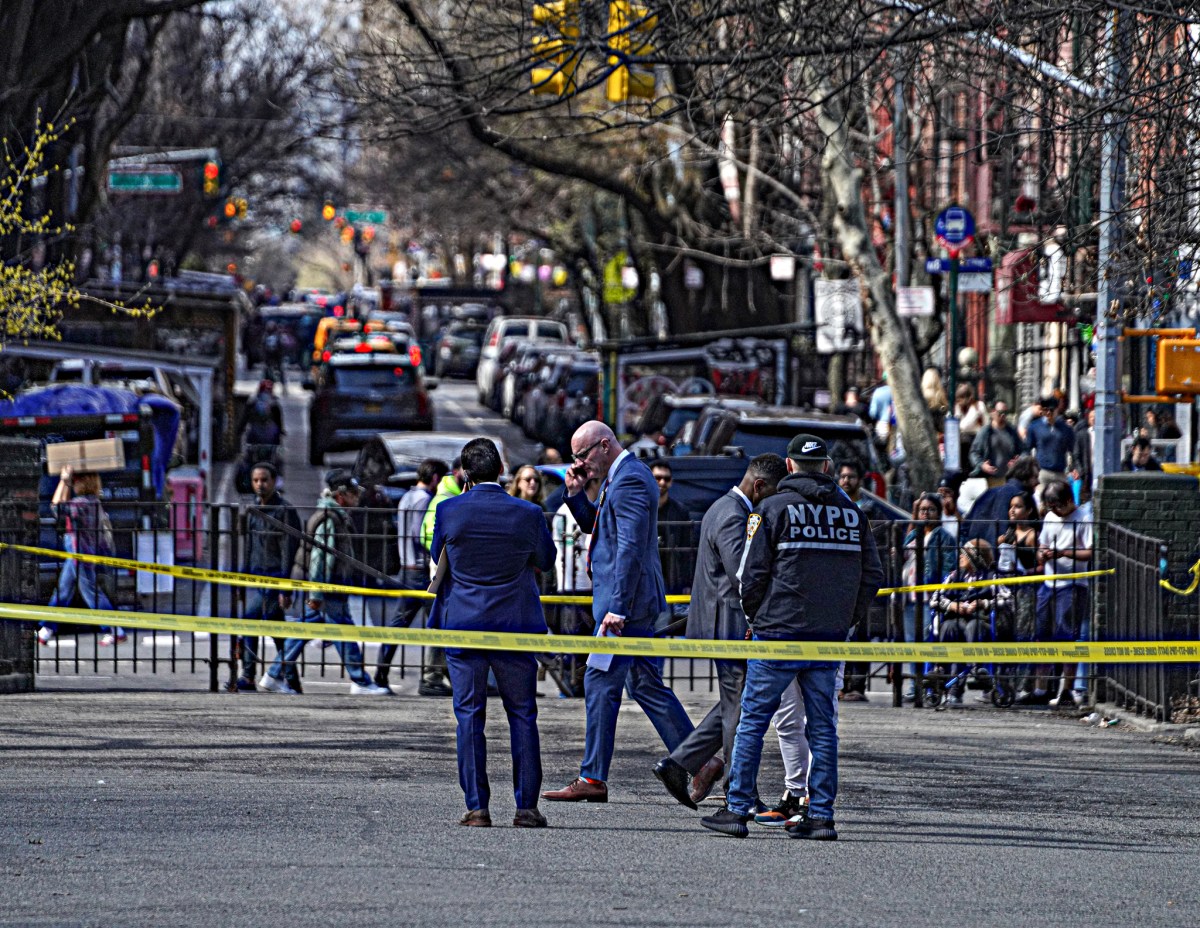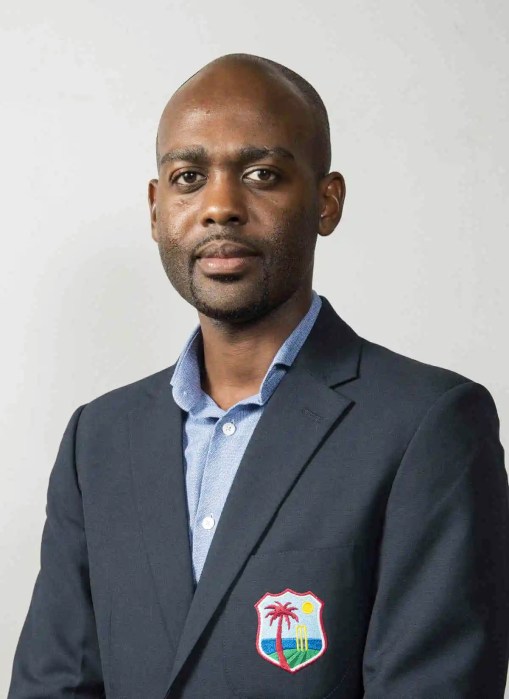SINGAPORE (Reuters) – At least half of Singapore’s newly discovered coronavirus cases show no symptoms, the co-head of the government’s virus taskforce told Reuters on Monday, reinforcing the city-state’s decision to ease lockdown restrictions very gradually.
Tiny Singapore has one of the highest infection tallies in Asia, with more than 38,000 cases, because of outbreaks in cramped dormitories housing thousands of migrant workers.
It reopened schools and some businesses last week after a near two-month lockdown, but many residents are still required to work from home and mix socially only with their families.
“Based on our experience, for every symptomatic case you would have at least one asymptomatic case,” said Lawrence Wong, adding that the discovery was made in recent weeks as Singapore ramped up testing.
“That is exactly why we have been very cautious in our reopening plans,” Wong said.
Singapore has not previously disclosed how many asymptomatic cases it has recorded. Wong did not reveal the number of asymptomatic cases in Singapore, which has reported 6,294 infections in the last two weeks, mainly among migrant workers.
China said 300 symptomless COVID-19 carriers in its central city of Wuhan, the pandemic epicentre, had not been found to be infectious. But some experts say asymptomatic infections are common, making for a huge challenge in controlling the disease as countries start exiting lockdowns.
Wong said that while asymptomatic individuals had fewer opportunities to spread the virus as they were not coughing or sneezing, there have been cases of asymptomatic transmission in Singapore, especially between patients living in close quarters.
“People have commented – why are we not reopening the economy faster?” Wong said. “We have to take a more cautious approach. There are still asymptomatic cases which we may not have detected circulating in the community.”
Nations are looking to harness technology to track the spread of the disease.
Singapore plans to give all its 5.7 million residents a small Bluetooth device, worn on a lanyard or carried in a handbag, to trace interactions with virus carriers.
The first devices could be rolled out to a pilot group by month-end, Wong said, adding that the government would ensure the confidentiality of any data collected.
(Interactive graphic tracking global spread of coronavirus: open https://tmsnrt.rs/3aIRuz7 in an external browser.)
(Reporting by John Geddie; Editing by Clarence Fernandez)

